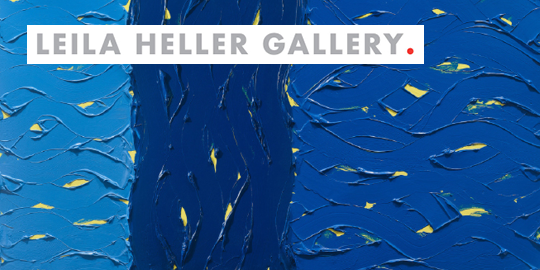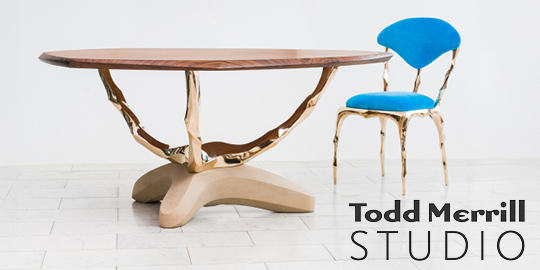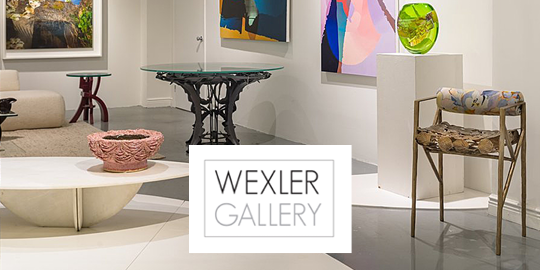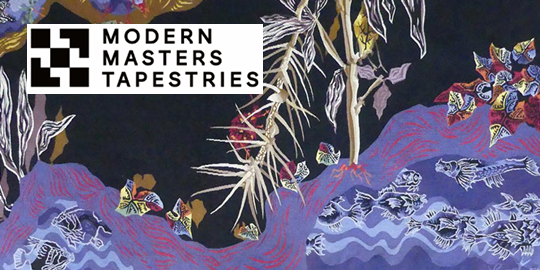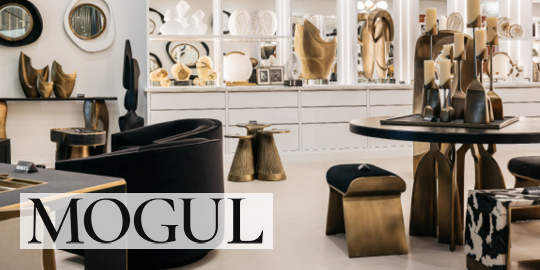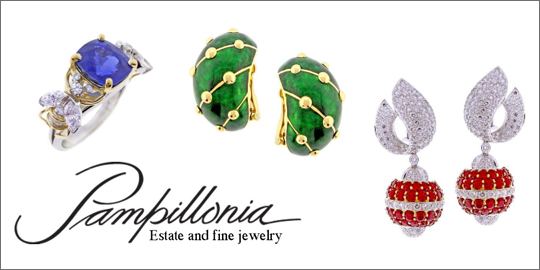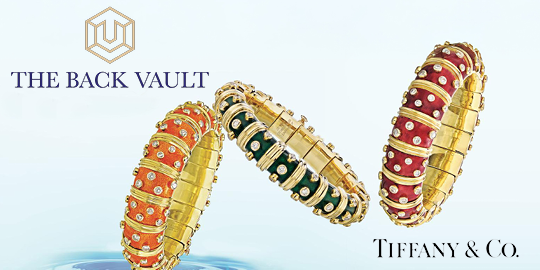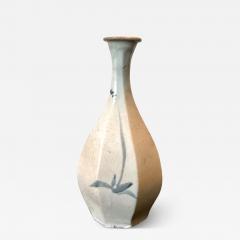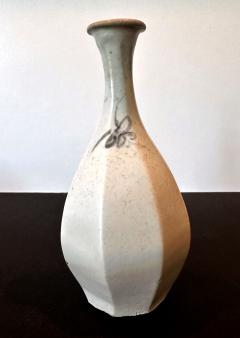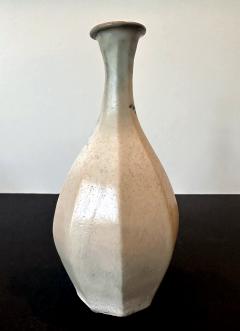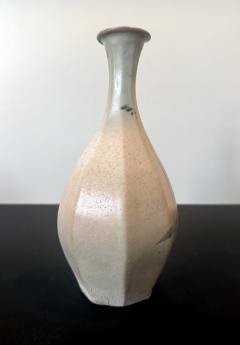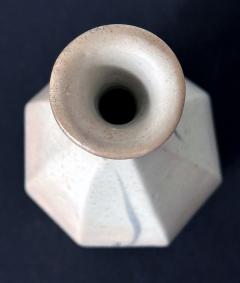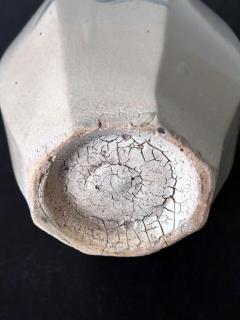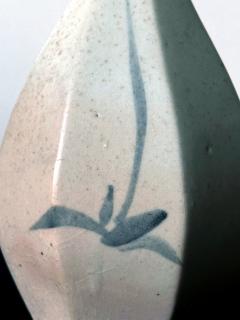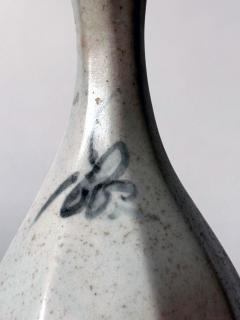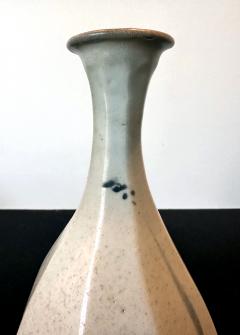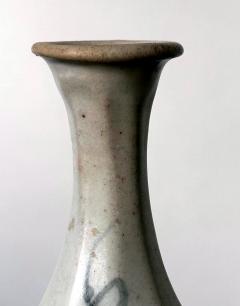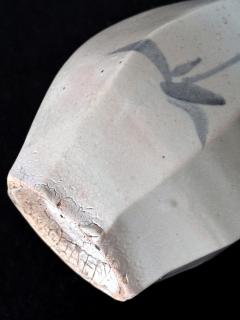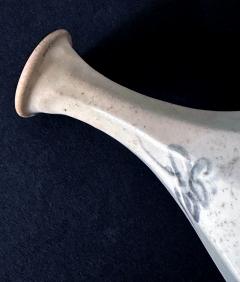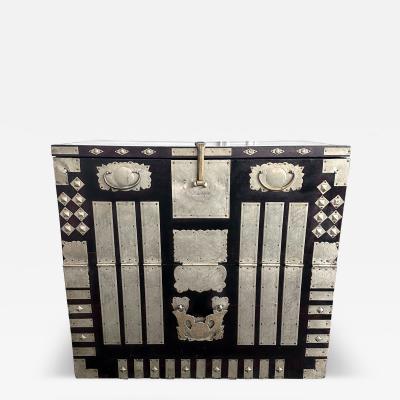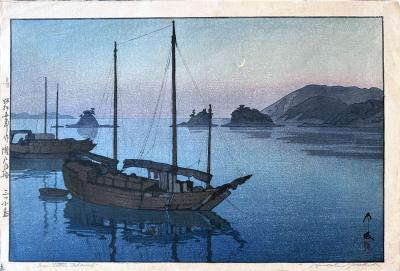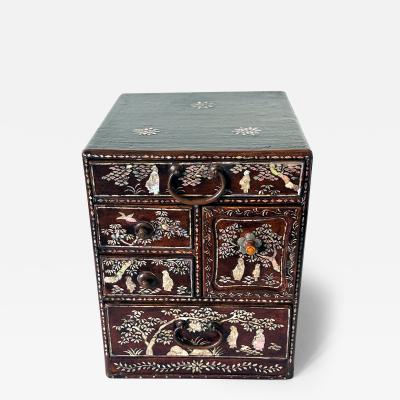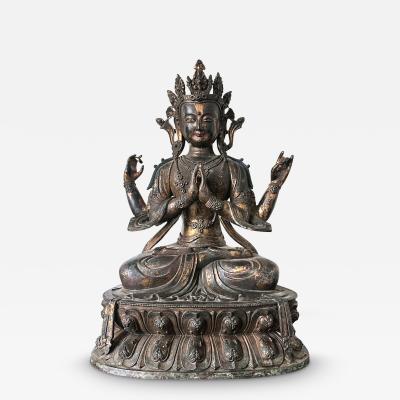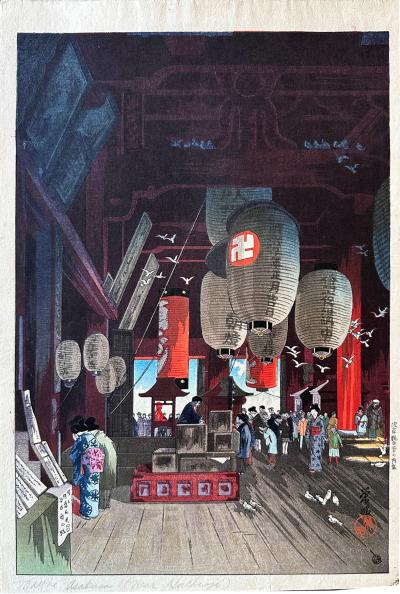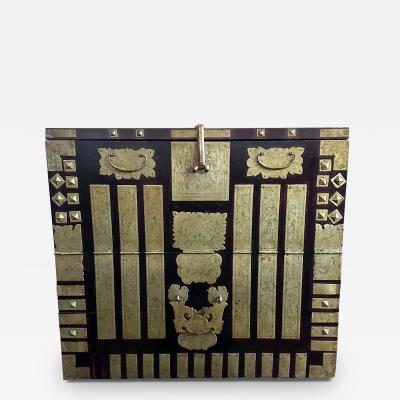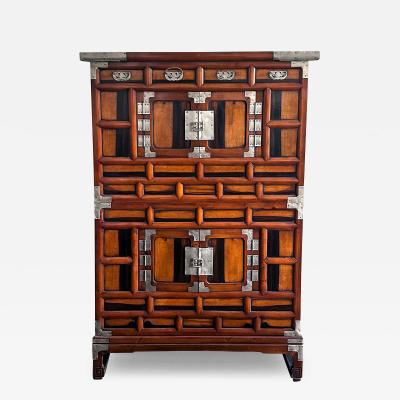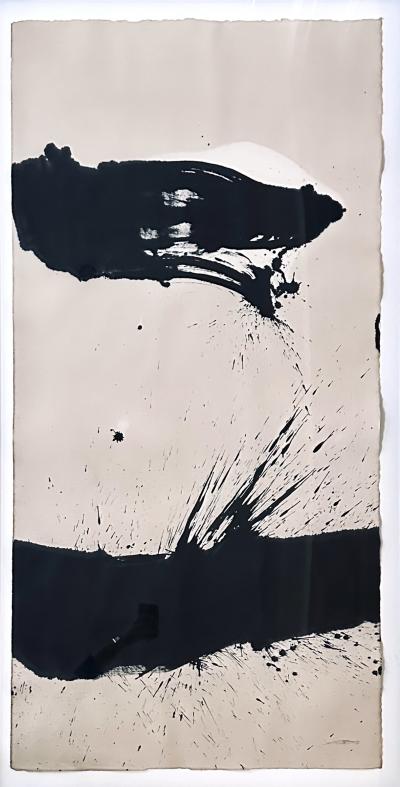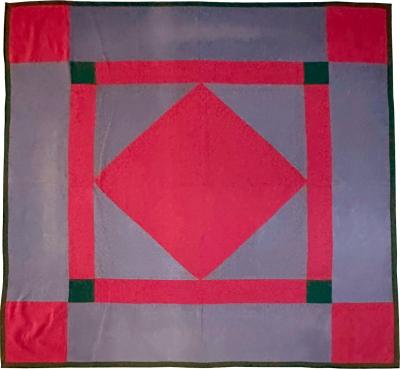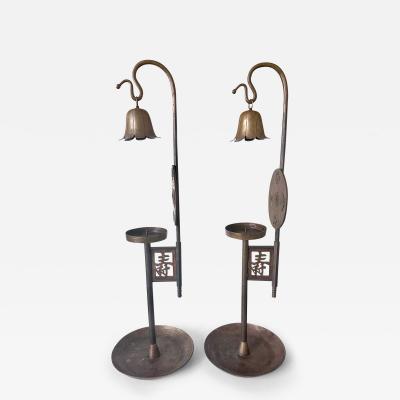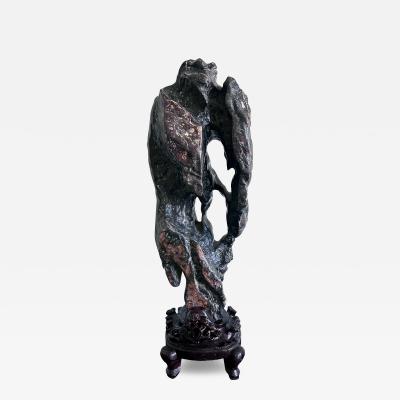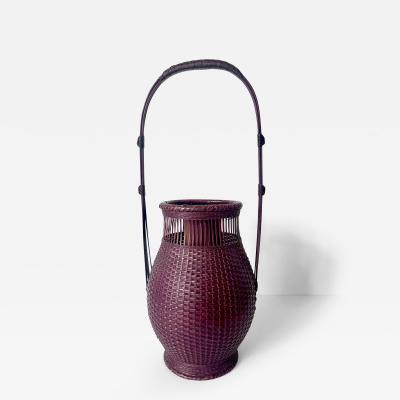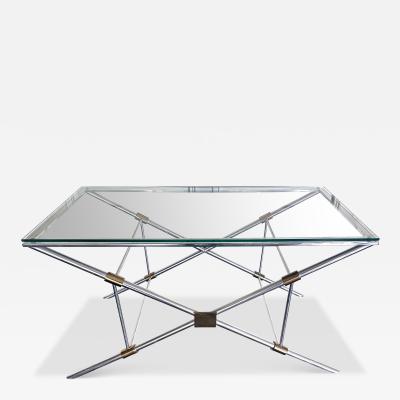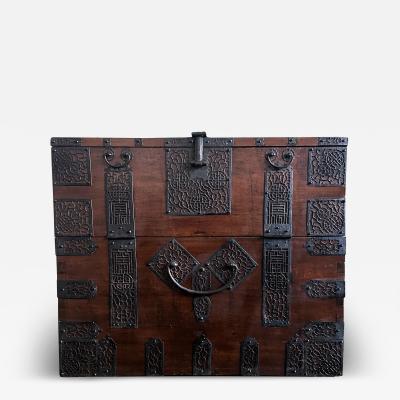Korean Ceramic Faceted Blue and White Bottle Vase Joseon Dynasty
-
Description
A Korean blue and white long neck vase in bottle form with octagonal faceted surface from late Joseon Dynasty (18th-early19th century). The elegantly shaped vase is covered in a white glaze with a tint of celadon blue which becomes slightly yellowish in the lower half of the body. The front of the vase was painted with underglaze blue an orchid plant with a single bloom at the end of a long arching stem. The back only a butterfly in the air. Orchid was one of the Four-Gentlemen plants in Asian culture beloved by the virtue they each represents (bamboo, plum and chrysanthemum being the rest). Just like the ink painting popular with the literati class of the Confucius society who valued humbleness, the laconic image was executed with a few quick strokes with the rest of the space intentionally left empty, yet it was sufficient to transmit the physical elegance and the spiritual essence of the flower.
This type of faceted bottle vase was first produced in the 18th century and used to contain wine. Along the time, their body became wider toward the 19th century. The piece was first thrown on potter's wheel before hand-carved into the octagonal shape. This process always resulted in the slight irregularity, evidence of hand work. Curiously, the glaze on this vase exhibits a subtle change of color with the lower body showing a warmer yellowing hue. This was a kiln occurrence due to the unbalanced temperature, oxygen level. and the slight chemical impurity in the glaze. Toward the bottom, the glaze also showed more imperfection with a "crawling" effect and more pronounced crackling effect extended to cover the recessed base. The base wasn't shaped deeply as seen in those made in 19th century, suggesting this may be an early piece produced in the 18th century.
Plenty of imperfection and might have been consider an inferior piece at the time, but this also gives the vase an earthy humbleness and a wabi-sabi beauty that some may find quite desirable.
For two other examples of similar faceted vase, see illustration 71 in "Five Centuries of Korean Ceramics" by Akaboshi and Najamaru; Item Sujeong 137 in the collection of National Museum of Korea; illustrated on page 161 of "Treasures from Korea Arts and Culture of the Joseon Dynasty, 1392-1910. Edited by Woo, Yale. -
More Information
Origin: South Korea Period: 18th Century Materials: ceramic Condition: Good. Light wear overall. Slight uneven glaze color as described. Glaze cracks and imperfection toward and on the base as shown. Creation Date: 18th century Styles / Movements: Asian, Traditional Patterns: Asian/Oriental, Florals/Botanical, Geometric, Handmade Incollect Reference #: 748275 -
Dimensions
H. 8.75 in; Diam. 4.5 in; H. 22.23 cm; Diam. 11.43 cm;
Message from Seller:
Tishu, based in Atlanta, GA, offers a diverse collection ranging from Neolithic art to 20th-century collectibles, with a focus on Mid-century design, Japanese and Korean art, Asian textiles, and Contemporary Aboriginal art. Driven by a passion for timeless beauty, the gallery is open by appointment only and offers works that span 5,000 years of history. Reach them at 305-400-0561 or tishu@tishugallery.com.


